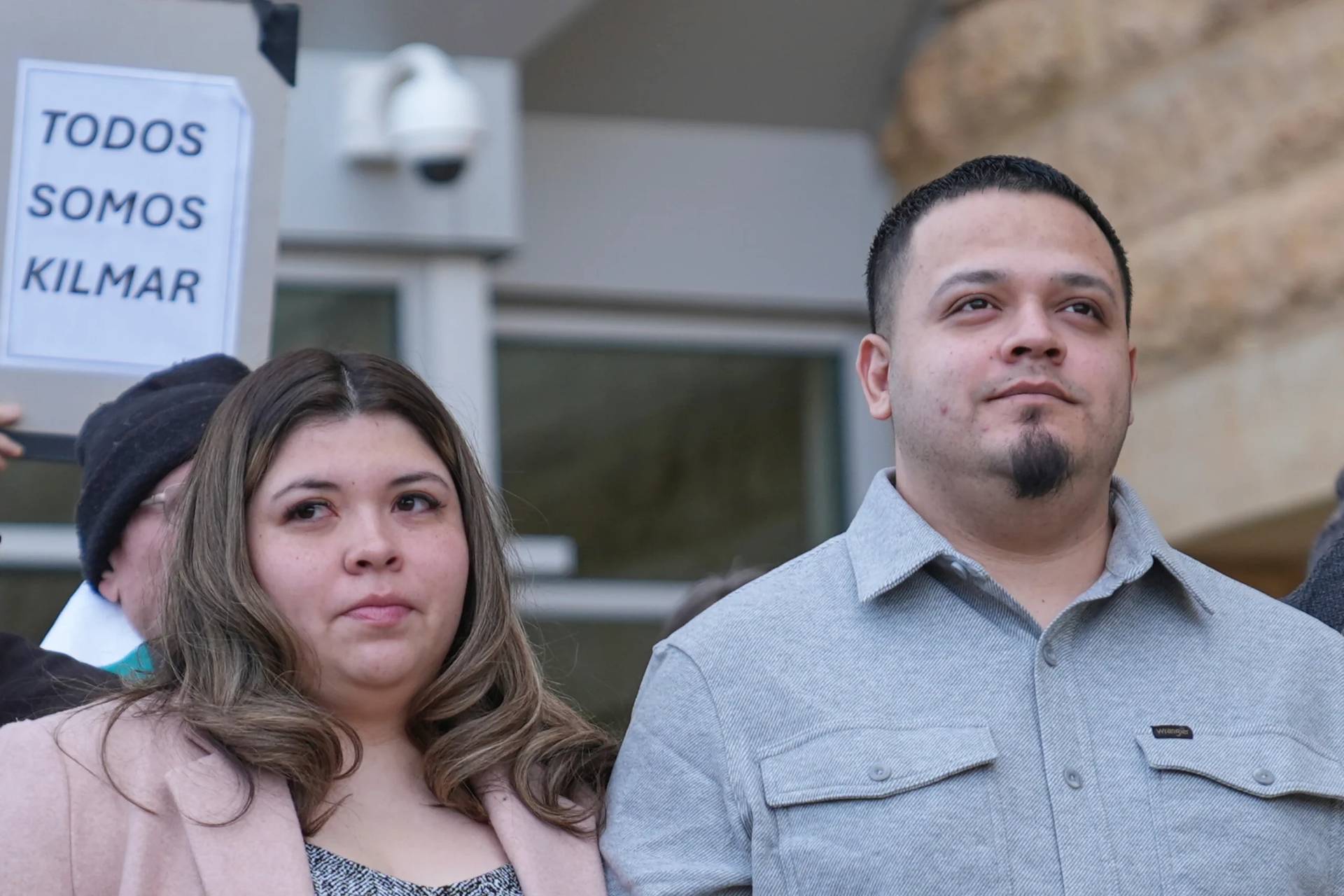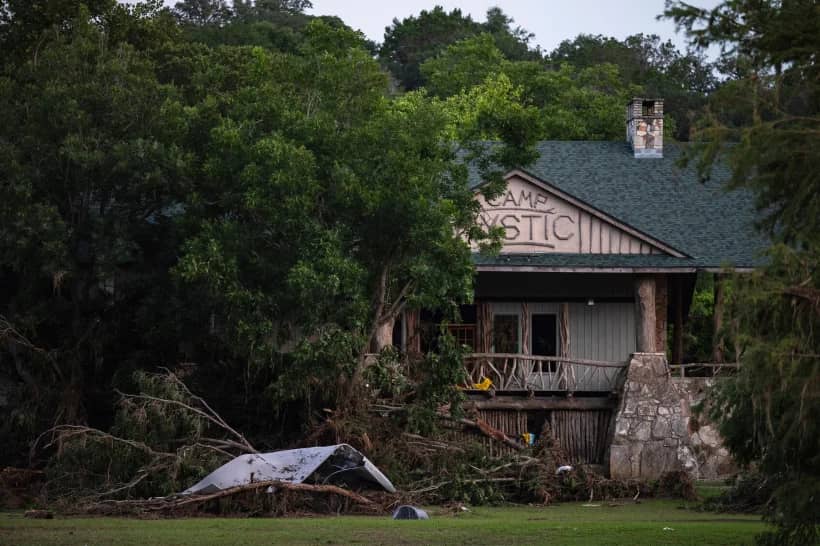NEW YORK – If the U.S. bishops’ new 10-year national pastoral plan for Hispanic ministry succeeds, Alejandro Aguilera-Titus envisions a U.S. Catholic Church in 2033 alive with Hispanic participation and influence as both lay and ordained leaders.
“My hope [in 10 years] would be a Church in which Hispanic/Latino Catholic leaders have a very strong presence in all aspects of the Church,” Aguilera-Titus, the assistant director for Hispanic affairs at the U.S. Bishops’ Conference told Crux.
“More bishops, more priests, more religious men and women, more deacons, more religious ministers, more children in Catholic schools, more teachers.”
“To this point Hispanics/Latinos are underrepresented in [most] every aspect of the Church,” Aguilera-Titus continued. “The idea is to really, significantly increase the number of Hispanic/Latino lay and ordained leaders in service of the Church … so they can then inspire a new generation of leaders.”
The U.S. bishops overwhelmingly approved the pastoral plan – the first since 1987 – at the second public session of their 2023 spring general assembly on June 16. No bishop offered public comment on the plan ahead of the vote. 162 bishops voted “yes” on the plan. Two voted “no,” and two others “abstained.” Every other bishop either didn’t vote, or wasn’t present at the meeting.
The rest of the June 16 agenda, largely reserved for voting, went the same way with general consensus and approval for various action items. Notably, the bishops approved a plan for the ongoing formation of priests, the drafting of a new pastoral statement addressing persons with disabilities in the life of the Church, and a revision to part of the Ethical and Religious Directives for Catholic Health Care Services.
Aguilera-Titus said he wasn’t surprised at the overwhelming approval of the national pastoral plan for Hispanic ministry, or the lack of discussion ahead of the vote, given that the development of the plan was a very consultative process in which 12 USCCB committees were involved. He also noted that the vote is a reflection of the U.S. bishops support for the V Encuentro process, which was the impetus for the plan.
The V Encuentro was a four year process that ran from 2017-2020 for the U.S. Church to discern ways in which it can better respond to the U.S. Hispanic/Latino presence. The feedback from that four-year process was developed into the new plan over the last three years.
Bishop Oscar Cantú of San Jose, who leads the USCCB Subcommittee on Hispanic Affairs, told Crux the plan’s passage is a “shot in the arm” for Hispanic leaders who have anticipated its passage for years.
“They already know what the priorities are, and in fact many of them are already doing a lot of things that are in the plan, but I think it’s a shot in the arm for them to officially get the bishops stamp of approval and the bishops voice,” Cantú said. “A sense of ownership that we’re on the same page.”
The new pastoral plan contains 10 pastoral priorities: evangelization and mission, faith formation and catechesis, pastoral accompaniment of Hispanic/Latino families, youth and young adult ministries, immigration and advocacy, formation for ministry in a culturally diverse church, pastoral care for those in the periphery, liturgy and spirituality, promotion of vocations, and Catholic education.
“This 10-year plan really proposes renewed creative, adequately resourced ways to engage Hispanic families, their children, and their youth,” Aguilera-Titus said. “That is at the very heart of the plan.”
Aguilera-Titus further explained that the plan is “unique” from anything he’s seen in his 27 years with the USCCB in the way different USCCB committees have their own objectives and activities that will span across the current USCCB planning cycle, as well as the next two cycles. He said that will be key to making sure the plan stays on track, as well as maintaining a process of evaluating what has been accomplished, and discerning what the next steps will be.
To kick things off, Aguilera-Titus said there will be a national workshop for U.S. Hispanic Catholic leaders to present the plan and practice its tools in Houston this fall. Those leaders will then bring that experience back to their home dioceses for regional workshops in the spring of 2024, and then to diocesean workshops in fall 2024, and then from there the plan moves to the parish level.
The V Encuentro process brought the priorities to the national level, and now this takes the plan born out of those priorities back from the national level down to the local level, he explained.
“The V Encuentro started at the local level until we got to the national level,” Aguilera-Titus said. “This is a year and a half, if you will, coming down the mountain from the approval of the plan to really make this plan more accessible, known and usable at all levels of the church with a special focus on the parishes because that’s where things happen.”
Follow John Lavenburg on Twitter: @johnlavenburg















